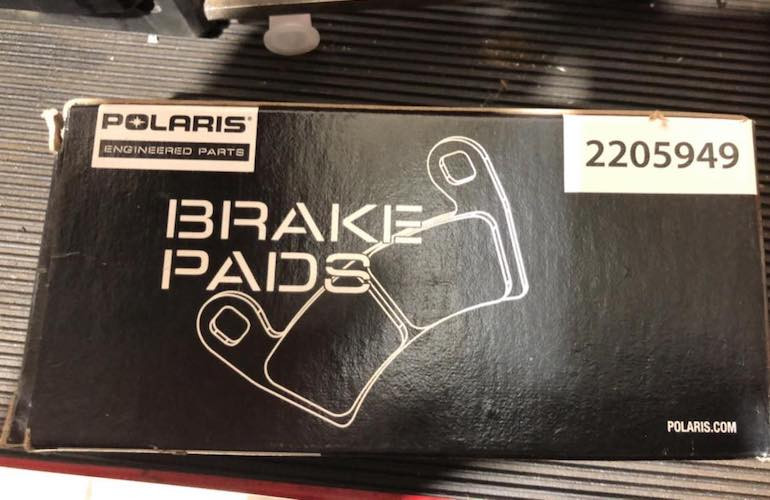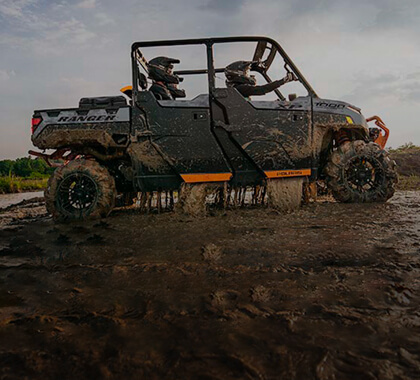How To Change Your Polaris Ranger Brake Pads
Oct 15th 2021
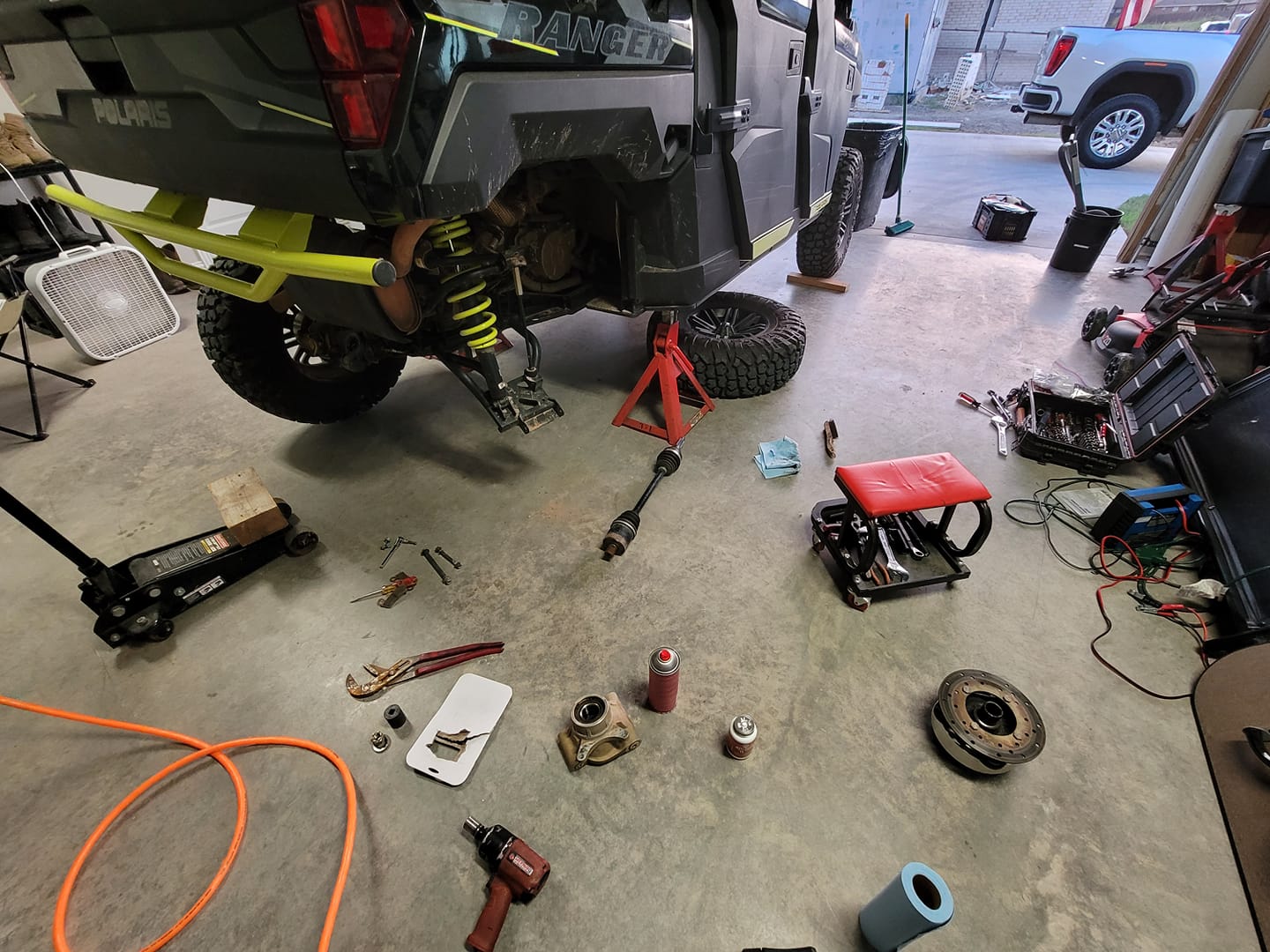
Depending on where and how you ride, you should have no problem getting a few thousand miles out of the Polaris Ranger OEM brake pads. That being said, though, if you ride mud, sand, or mountainous terrain with steep gradients, your Polaris Ranger brake pads will likely wear out at a faster rate. Furthermore, if you don’t utilize your vehicle’s EBS (engine braking system) and treat the brake pedal like a foot rest, you’ll find that you require Polaris Ranger brake pad replacements more often than other riders with identical machines. Places like Everything Polaris Ranger can provide you with all kinds of brake pads -- from sintered Polaris Ranger brake pads and Polaris Ranger brass brake pads to copper Polaris Ranger brake pads -- but if you’re going to install them yourself, it would behove you to learn how to swim before jumping into the deep end. So for those who like to work, rip, and ride more than make repairs, here is how to change the brake pads on a Polaris Ranger!
Tools Needed To Change Your Polaris Ranger Brake Pads
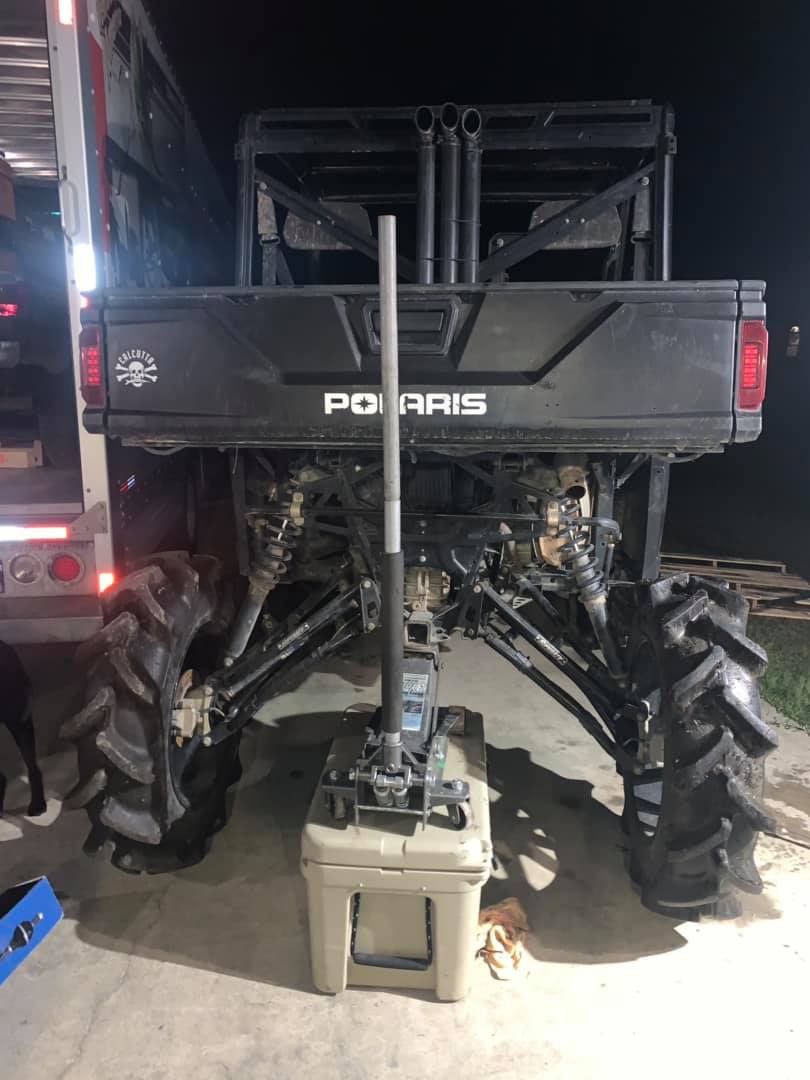
Solo riders and clean freaks will sooner drive around muck and sand if they can avoid it.... but where’s the fun in that? With mud and sand riding, however, comes quicker rates of brake pad wear, so knowing how to install replacement Polaris Ranger brake pads is a worthwhile endeavor.
Before we get into it, we should mention that some of the specifics regarding Polaris Ranger brake pad removal and replacement can vary from one Ranger model to another, so consulting your service manual when needed is always a wise thing to do. For most Ranger models, you’ll need a 19mm socket, a 15mm socket, a 5mm Allen wrench, and lug nut removal tool to change the vehicle's brake pads. On top of that, you’ll also want a 4” C-clamp.
How To Change The Brake Pads On A Polaris Ranger
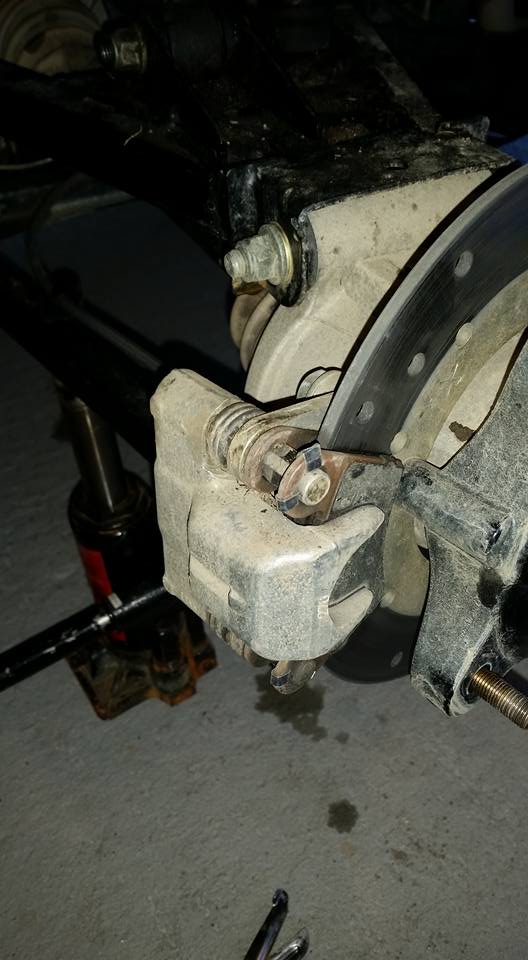
Before you install your new Polaris Ranger brake pads, you must first remove the old ones. And to remove your old Polaris Ranger brake pads, you’ll first have to remove the tires. If you don’t have a jack or UTV stand, you can elevate the vehicle using a winch. But if you don’t take the weight off of the tire you’re attempting to remove, you’ll struggle to change your Polaris Ranger brake pads.
After loosening the lug nuts and removing the tire, look for the adjuster screw on the top of the brake caliper and remove it using your 5mm Allen socket. From there you can grab your 15mm socket and use it to loosen the mounting bolts on the top and bottom of the caliper. Before removing the bolts completely, you should wrap some wire, a rope, or a bungee cord around the caliper so that you don’t bend, kink, or otherwise damage the brake line.
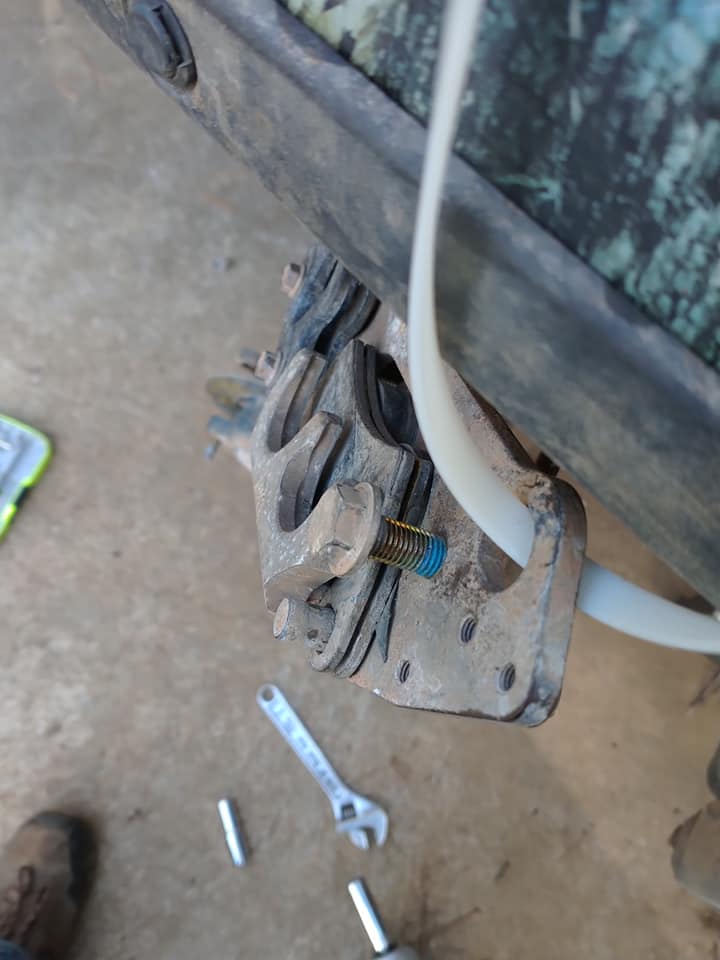
The next step is to remove the brake caliper. If it doesn’t come right off, you can use a small pry bar to gently push the caliper body away from the mount. The brake rotor can also prevent you from removing the brake caliper, and if it has a ridge on the top or deep groove along the sides, you’ll want to replace it while you’re doing the pads.
Once the caliper is removed, clean the brake pistons before pushing them in, all while inspecting for corrosion and hitting the brake with some Scotch Bright if needed to avoid tearing seals. Spray everything down with some brake cleaner, and then press the pistons into the brake body using your C-clamp -- making sure that your brake fluid reservoir doesn’t overflow as you go. Once the pistons are pushed into the brake body, you can apply some pressure to the brake’s mounting bracket, which should provide you with enough room to slide the old brake pads out, and the new brake pads in.
Before inserting the new brake pads, we’d suggest giving the caliper one last cleaning with some Polaris Ranger brake cleaner so that the brake pistons slide smoothly in and out. If they don’t, you can remove the mounting bracket, wipe down the pins inside with a rag, then lube them up with a touch of silicone grease.
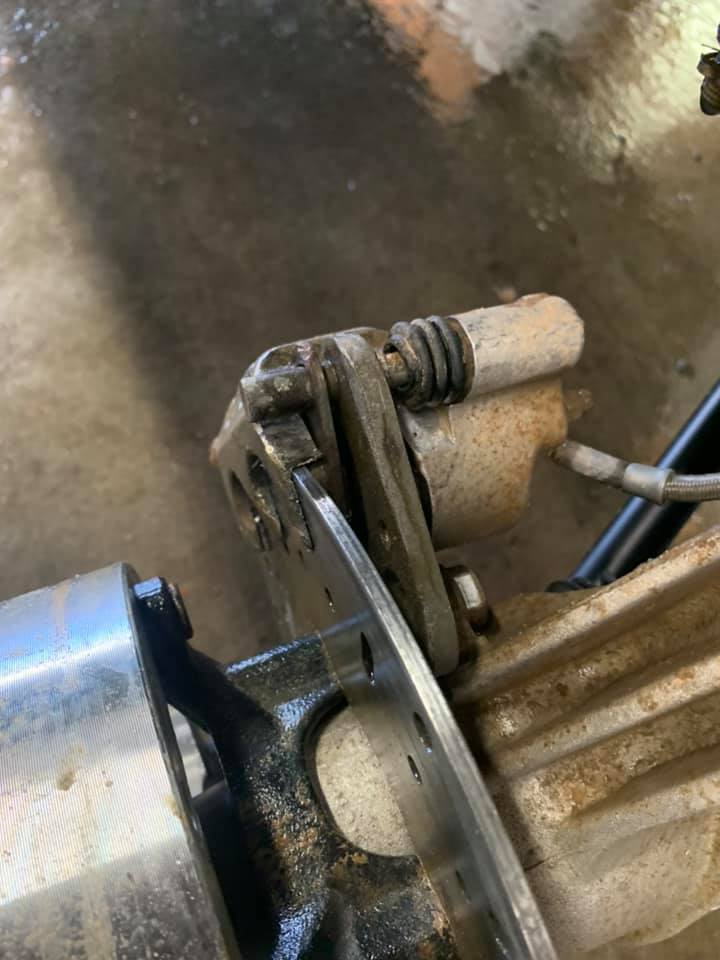
Matching up your new brake pads with the old ones will ensure that you’ve got the right size, and once you’ve confirmed that they are indeed correct, you can press the mounting bracket back to slide the new brake pads into position. The brake calipers should then slide right on, and once they're in the proper orientation, you can reinsert the bolts with your 15mm socket to a tightness of 30 foot-pounds. Using a bit of Blue Loctite on the bolts will prevent them from backing out, but this isn’t 100% compulsory.
Once the calipers are nice and tight, you should pump the brakes a few times to set the pads, then twist the adjuster screw back in. To avoid the proverbial Polaris Ranger brake pad rattle, tighten this adjuster bolt all the way snug, then loosen it by a half turn or so. After this, you can throw your tire back on, tighten the lugs down to 36 foot-pounds -- for standard steel rims -- in the crisscross pattern, and then you’re off to the races!
While you’re replacing your Polaris Ranger brake pads, you might also want to pull the axles to throw some fresh anti-seize on them. Additionally, it could prove beneficial to pack your wheel bearings with new grease while you have the wheels removed as well.
Closing Thoughts
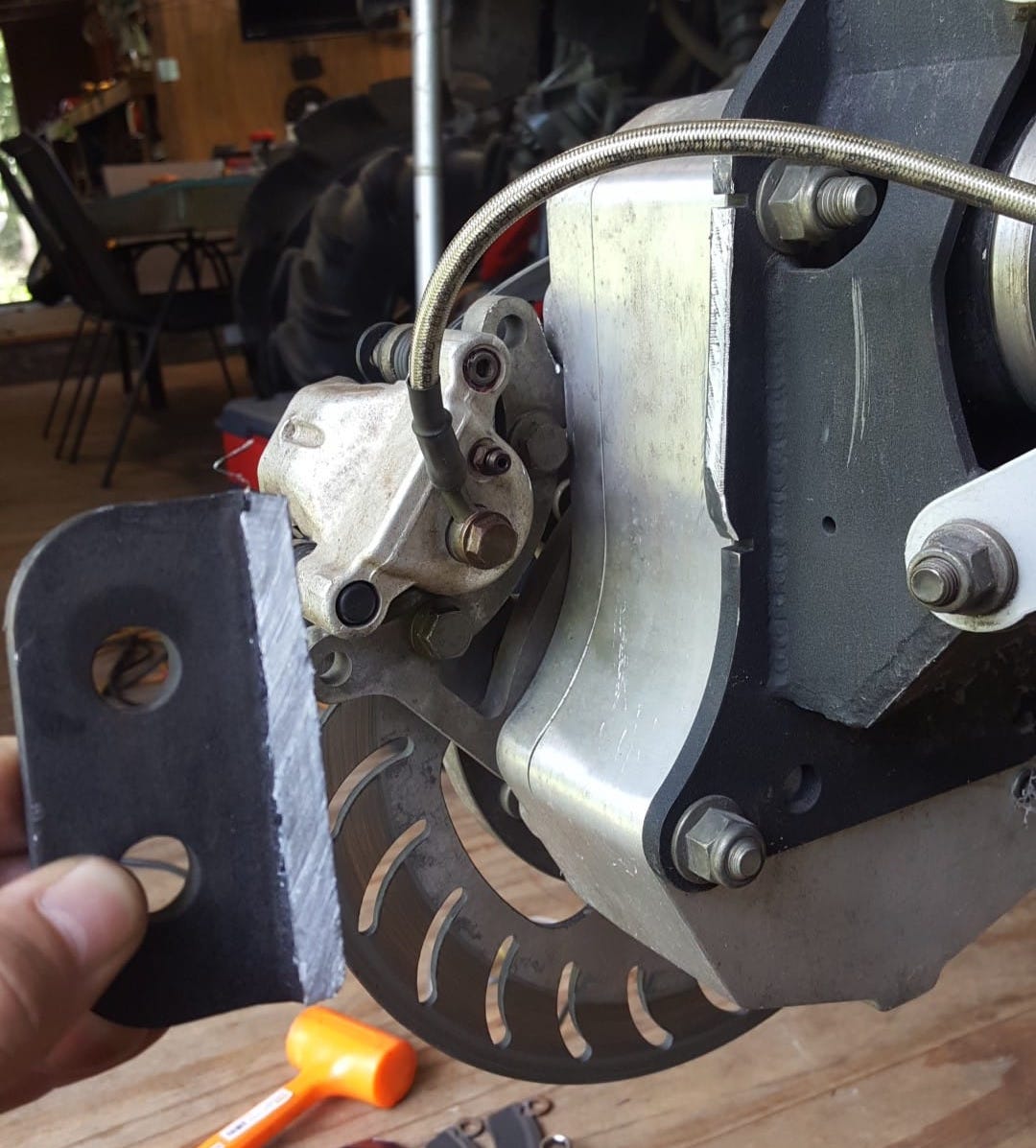
Knowing how to replace the brake pads on a Polaris Ranger is a skill that every rider should have. Do it incorrectly and you’ll hear annoying Polaris Ranger brake pad noises at best, and experience complete brake loss or incur catastrophic brake failure at worst. Using the appropriate brake pad material and driving conservatively can help you extend the life of your Polaris Ranger brake pads. But while the latter is easy to do, it’s sometimes impossible to avoid ripping hard. So don’t be afraid to ride your brakes while going downhill, tap your brakes when cornering, or to slam on the brakes when necessary, because you now know how to change the brake pads on a Polaris Ranger!

